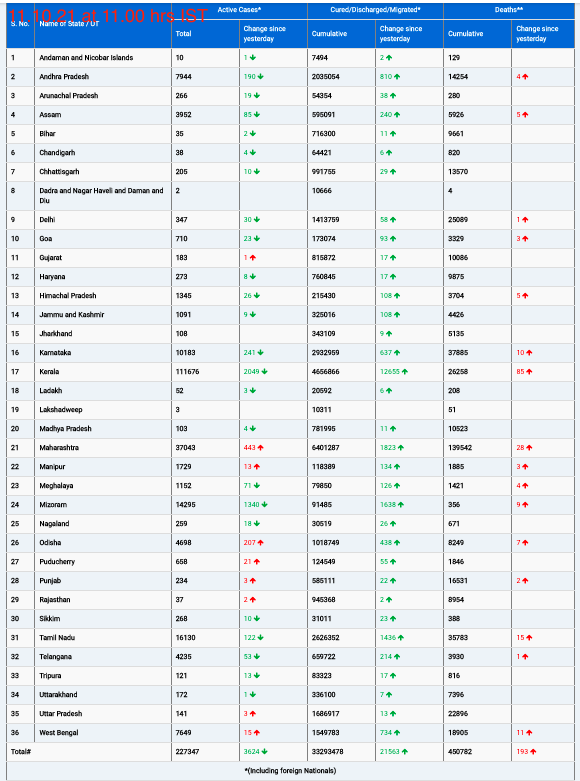Australia faces a unique challenge when it comes to maintaining optimal vitamin D levels while minimizing the risk of sun-related health issues. Due to the Earth’s tilt, Australia experiences stronger ultraviolet (UV) radiation than regions at similar latitudes in the Northern Hemisphere. With much of the population residing in sun-drenched areas such as Queensland and northern New South Wales, finding the right balance between sun exposure and vitamin D intake is crucial.
Why Vitamin D Matters
Vitamin D is both a dietary nutrient and a hormone produced by the body. It plays a key role in regulating calcium levels, ensuring bone health, and supporting immune function. In children, vitamin D deficiency can cause rickets, while in older adults, it can contribute to osteoporosis and fractures. Additionally, vitamin D is vital for immune system regulation, impacting both innate immunity (the body’s first line of defense) and adaptive immunity (which develops through prior infections and vaccinations).
How Our Bodies Make Vitamin D
The primary source of vitamin D for Australians is sun exposure, with the skin absorbing UV light to produce this essential nutrient. Some foods, such as oily fish and fortified dairy products, contain vitamin D, but dietary intake remains minimal for most Australians. Once absorbed, vitamin D is transported to the liver, where it is converted into calcifediol (25-hydroxyvitamin D), the form measured in blood tests. The kidneys then convert it into calcitriol, the active form that influences various biological functions.
Vitamin D and Immune Health
Studies suggest vitamin D plays a role in reducing the risk of autoimmune diseases such as multiple sclerosis (MS), where the immune system mistakenly attacks nerve cells. Observational studies have linked low vitamin D levels with a higher risk of MS and other autoimmune conditions, but clinical trials on vitamin D supplementation have yielded mixed results. Research also suggests that vitamin D deficiency increases susceptibility to respiratory infections, highlighting its importance in immune defense.
Do You Need Vitamin D Supplements?
Maintaining adequate vitamin D levels is essential, but excessive supplementation does not provide additional benefits. Special groups, including pregnant women and infants, may have different vitamin D needs and should seek medical advice.
Getting Enough Vitamin D While Avoiding Excess Sun Exposure
Public health campaigns in Australia emphasize sun safety due to high skin cancer rates. Fortunately, only brief sun exposure is needed to maintain sufficient vitamin D levels. In summer, just ten minutes of sun at a UV index of 7 can be enough. However, factors such as skin color, clothing, and geographic location influence how much vitamin D an individual can produce.
During winter months in southern Australia, when UV levels drop below an index of 3, vitamin D production may be insufficient, and supplements could be considered.
Conclusion
Balancing sun exposure and vitamin D intake is particularly challenging in Australia, where high UV levels increase the risk of skin cancer. Understanding the factors that influence vitamin D synthesis and making informed choices about sun exposure and supplementation can help maintain good health while minimizing risks.
Disclaimer: This article is for informational purposes only and does not constitute medical advice. Individuals should consult a healthcare professional for personalized guidance regarding vitamin D intake and sun exposure.











